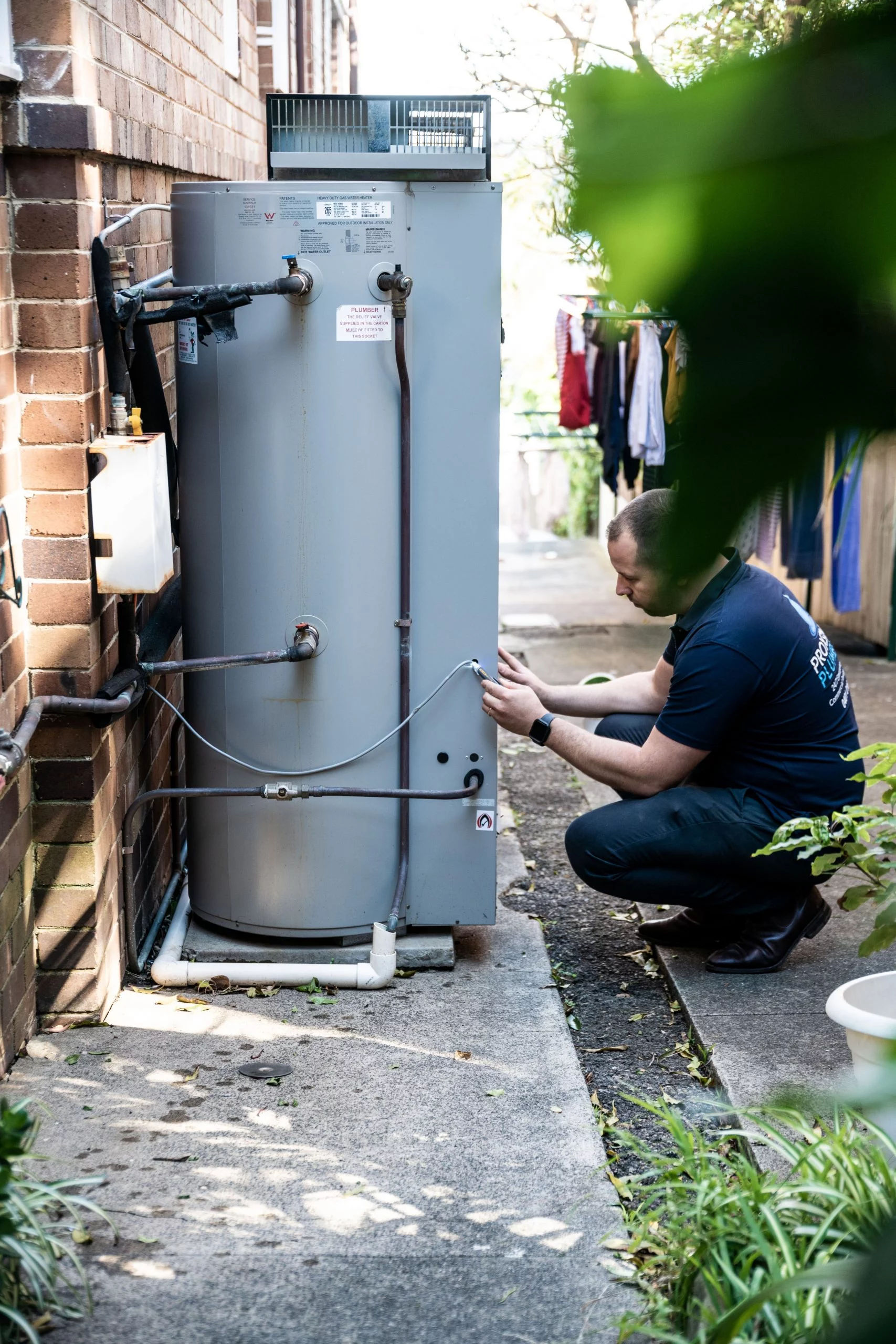Important Maintenance Strategies for Your Home's Hot Water System
Important Maintenance Strategies for Your Home's Hot Water System
Blog Article
They are making several great pointers relating to Tips on Maintaining a Water Heater as a whole in the article down below.

Warm water is crucial for day-to-day comfort, whether it's for a refreshing shower or cleaning meals. To ensure your hot water system runs successfully and lasts much longer, normal upkeep is crucial. This post supplies useful tips and insights on exactly how to maintain your home's warm water system to prevent interruptions and costly repairs.
Intro
Preserving your home's hot water system might appear difficult, but with a couple of basic steps, you can guarantee it operates efficiently for many years to come. This overview covers whatever from recognizing your hot water system to do it yourself maintenance suggestions and knowing when to contact professional assistance.
Relevance of Preserving Your Hot Water System
Regular upkeep not just expands the lifespan of your hot water system however additionally guarantees it operates successfully. Overlooking upkeep can lead to decreased performance, greater power expenses, and even early failing of the system.
Signs Your Warm Water System Requirements Maintenance
Recognizing when your warm water system needs attention can prevent significant problems. Look out for signs such as inconsistent water temperature level, strange sounds from the heating unit, or rustic water.
Recognizing Your Hot Water System
Before diving right into maintenance jobs, it's useful to comprehend the fundamental parts of your warm water system. Commonly, this includes the hot water heater itself, pipelines, anode poles, and temperature controls.
Month-to-month Maintenance Tasks
Regular monthly checks can help capture minor problems before they intensify.
Purging the Hot Water Heater
Flushing your hot water heater removes debris accumulation, improving efficiency and lengthening its life.
Checking and Changing Anode Rods
Anode poles avoid corrosion inside the storage tank. Inspecting and replacing them when broken is essential.
Inspecting and Readjusting Temperature Level Setups
Changing the temperature setups makes certain ideal efficiency and safety.
DIY Tips for Upkeep
You can do a number of maintenance jobs yourself to keep your warm water system in leading problem.
Looking for Leaks
Routinely check pipelines and connections for leaks, as these can lead to water damage and higher costs.
Evaluating Pressure Relief Valves
Testing the pressure relief valve guarantees it operates correctly and stops extreme pressure buildup.
Insulating Pipes
Insulating hot water pipelines reduces heat loss and can save energy.
When to Call an Expert
While do it yourself maintenance is useful, some issues require professional knowledge.
Complicated Problems Calling For Specialist Assistance
Examples include major leakages, electrical problems, or if your hot water heater is continually underperforming.
Regular Professional Maintenance Advantages
Expert maintenance can include complete examinations, tune-ups, and guaranteeing compliance with security standards.
Final thought
Routine maintenance of your home's warm water system is essential for efficiency, longevity, and expense savings. By complying with these suggestions and recognizing when to seek specialist aid, you can make certain a reliable supply of warm water without unexpected interruptions.
How to Maintain an Instant Hot Water Heater
Before tinkering with your hot water heater, make sure that it’s not powered on. You also have to turn off the main circuit breaker and shut off the main gas line to prevent accidents. Also turn off the water valves connected to your unit to prevent water from flowing into and out of the appliance. 2. When you’re done, you have to detach the purge valves’ caps. These look like the letter “T†and are situated on either side of the water valves. Doing so will release any pressure that has accumulated inside the valves while at the same time avoid hot water from shooting out and burning your skin. 3. When the purge valves’ caps are removed, you have to connect your hosing lines to the valves. Your unit should have come with three hoses but if it didn’t, you can purchase these things from any hardware or home repair shops. You can also get them from retail stores that sell water heating systems. Read the user’s manual and follow it to complete this task properly. When the hosing lines are connected, open the purge port’s valves. 4. You should never use harsh chemical cleaners or solutions when cleaning your unit. Make use of white vinegar instead. It should be undiluted and you’ll probably use about 2 gallons. 5. Now flush your water heater. This task should probably take about 40 minutes. We can’t give you specific directions for this because the procedure is carried out depending on the type, model and brand of your heater. With that being said, refer to the user’s manual. 6. When you’re done draining the unit, you have to turn off the purge port valves again. Remove the hosing lines that you earlier installed on each of the water valves. Put the valve caps (purge port) back in their respective places and be very careful so as not to damage the rubber discs that are found inside these caps. 7. Now that everything’s back in place, check your user’s manual again to find out how to reactivate your water heating system. 8. Once it is working, turn one of your hot water faucets on just to let air pass through the heater’s water supply pipes. Leave the tap on until water flows smoothly out of it. https://www.orrplumbing.com/blog/2014/september/how-to-maintain-an-instant-hot-water-heater/

Hopefully you liked our part on What Kind of Maintenance Do Water Heaters Need?. Thanks for taking a few minutes to read through our post. Sharing is caring. Helping people is fun. Many thanks for your time. Don't forget to come by our site back soon.
Schedule Estimate Report this page